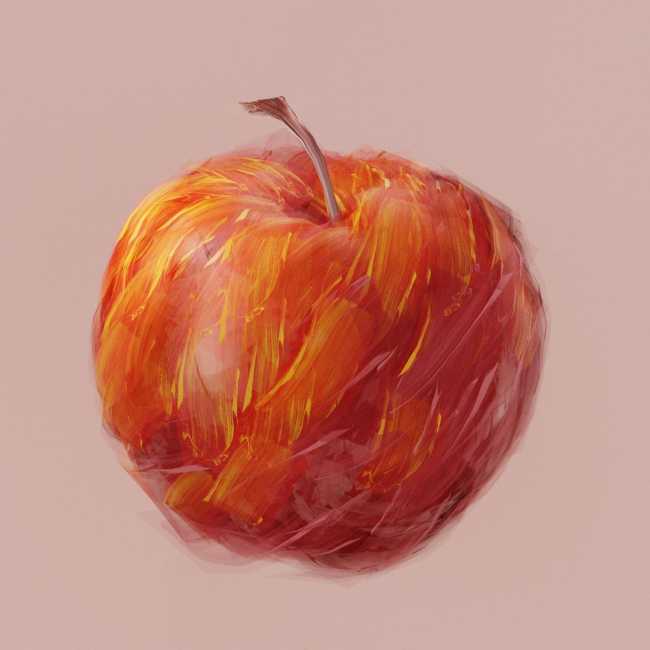Phone: (647) 894 7706

Are you an aspiring artist looking to improve your oil painting skills? Brush strokes can make a significant difference in the final outcome of your artwork. From broad and bold strokes to tiny, delicate ones - there are various types of brush strokes you can learn in oil painting classes that can help bring life and texture to your paintings.
In this blog post, we will explore some common brushstroke techniques that artists use to create stunning masterpieces. So, let's dive into the world of oil painting and discover how different brush strokes can elevate your art game!
This is a type of brushstroke where the paint is applied in small dots. This is often used to create texture or to add detail to a painting.
This is a type of brushstroke that can be learned while taking oil painting classes. In this type, the paint is applied in lines. This can be used to create depth or movement in a painting.
This is a type of brushstroke where the paint is applied in intersecting lines. This can be used to create shadows or add dimension to a painting.
Another type of brushstroke taught in oil painting classes is glazing. In this technique, the paint is applied in thin, transparent layers. This can be used to create an ethereal look or to add colour without being too heavy-handed.
This is achieved by using very light pressure on the brush and moving it in one fluid motion. It's often used for blending colours or creating a soft look.
This is created by using light pressure on the brush and then lifting it off the canvas in between strokes. This leaves behind a broken line that has a more textured look.
This is done by barely dipping the brush in paint and then lightly dragging it across the canvas. This creates a thin, dry line with very little colour saturation.
This is done by applying paint to a wet area of the canvas. The paint will spread out and blend with other wet areas, creating soft edges and unique effects.
Enroll your kid with VR School of Art to shape their artistic journey. We also offer art classes in Toronto for adults.